Now that the OnePlus 13 is official and I’ve got my hands on the flagship phone, it’s time to see what its new triple camera system can produce when it comes to shooting astrophotography. I’ve seen stellar results with my previous OnePlus 12 astrophotography shootout, so it only makes sense to see if the latest model can improve upon that.
As much as I’m eager to find out how the OnePlus 13 cameras compare to the competition in low light situations, astrophotography is a totally different beast. Even though it’s a form of long exposure photography, there’s a lot happening behind the scenes with the OnePlus 13’s new image processing algorithms to draw out as much detail in the shot — plus, there’s more AI-enhancements being applied to them than ever before.
So far in the last few months, I’ve put the iPhone 16 Pro Max, Galaxy S24 Ultra, and Pixel 9 Pro XL through their own astrophotography shootouts, and now I get to share all of my favorite astrophotography shots with the OnePlus 13.
OnePlus 13 astrophotography: what you need to know
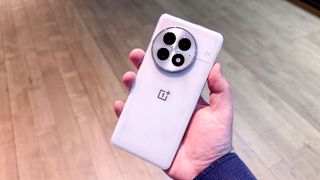
The gear you use and the weather conditions impact how astrophotography turns out with the OnePlus 13, much like any phone for that matter. Although the OnePlus 13 employs a new dual exposure algorithm to reduce motion blurring in photos, you will still need to attach the phone to a phone holder and tripod combination to eliminate all unwanted shakes.
Furthermore, I recommend activating the OnePlus 13’s timer function so that you don’t introduce any shaking when you press on the shutter button to take the shot. Taking it one step further than your normal night mode shot, there’s a tripod icon that appears in the Camera app that pushes the camera’s shutter speed to its longest — which I find to be around 9 seconds. You’ll want to have the OnePlus 13 shoot in tripod mode to gather in as much light as possible.
And finally, I captured my favorite nebulas, star clusters, and planets with both the 50MP main and 50MP telephoto cameras on the OnePlus 13 to get different compositions. Due to the movement of the Earth, it’s really not practical to shoot astrophotography with the phone's maximum 120x zoom because of how objects taken at this zoom level move quickly, which results in a lot of blurring and streaking.
Nebula: M42 The Great Orion Nebula

Out of all the astrophotography shots I captured with the OnePlus 13, my imaging of M42 the Great Orion Nebula is my favorite. It’s one of the most iconic deep space targets in the night sky during the winter months in the northeast, so it’s always my go-to for anything involving astrophotography.
Compared to the images I captured with the OnePlus 12, it’s clear to me that the OnePlus 13 is boosting the exposure more than what it’s done in the past. My colleague Richard Priday confirms this too about low light shots in his OnePlus 13 review.
Nevertheless, the OnePlus 13 captures the entire Orion constellation with good enough detail to the point that I can make out the faint look of the nebula near the middle of the photo. There are some odd artifacting elements when I zoom to parts of the image, like the wispy trails I see in many of the fainter stars. It could be due to the wind that night, which is why I can’t stress enough about keeping it still as possible.
I also tried capturing the M42 with the OnePlus 13's telephoto camera, but without much luck. The first zoom shot in the gallery above gets me closer to the nebula, but the nebula itself doesn’t show the expanding gas that it’s known for — and it doesn’t get any better when I try to zoom in more.
Star cluster: M45 The Pleiades

Since it’s usually near the apex in the nighttime sky during this time of the year, M45 The Pleiades is an easy deep space object to image with any phone. My eyes can barely make out the seven major stars that form this famous star cluster, also known as the Seven Sisters, but the OnePlus 13’s image is a striking one of it.
I very much prefer the OnePlus 13’s shot over the one I previously took with the OnePlus 12, mainly because of how much more it’s exposed. What looks like a smudge in the night sky with my own eyes, the individual stars in the cluster are crystal clear with the OnePlus 13’s shot. Another reason why I love it over the OnePlus 12 is how the nearby tree is also better exposed, whereas the shot I took with the OnePlus 12 is much more underexposed.
Both the 3x and 6x zoom shots of M45 with the OnePlus 13 look good, with those individual stars in plain view, but it doesn’t come close to the detail I got with the Galaxy S24 Ultra.
Planet: Jupiter

Jupiter’s unmistakable in the night sky because of how bright it is compared to nearly everything else, which is why people often mistake it for a star. Not too far from the Great Orion Nebula during this time of the year, Jupiter is an easy astrophotography shot for the OnePlus 13.
Its bright blow is overpowering in the first shot in the gallery above, but again I love how the night mode of the OnePlus 13 also exposes the nearby tree — which you can see has some noticeable motion blur to the branches due to the gusty wind conditions that night.
With all the subsequent zooms I captured of Jupiter, like at 3x and 6x zoom, these tiny light streaks seem to be coming from the planet — making it look more like the sun than a planet. I’m not all that surprised by how it looks like a bright star, but it simply proves how phones still can’t match the level of detail I get with smart telescopes like the SeeStar S50.
More nighttime scenes

Unfortunately I’m unable to capture the Andromeda Galaxy, which is by far the easiest galaxy to capture with any device. That’s because of its position relative to where I shoot most of my astrophotography in my backyard. Instead, I decided to capture additional astrophotography images in more natural settings.
Take a look at the first shot in the gallery above, which not only captures the twinkling skies with minimal noise in the shot, but also how the nearby tree branches are sharp looking.
The second photo also balances out the exposure between the volleyball court on the beach with the night sky, while the third image shows how well the OnePlus 13 captures astrophotography handheld. Just like the shot with my tripod, I like how the entire constellation is captured — with the nebula visible, unlike what I can’t see with my eyes.
And lastly, there’s the scenic shot of the night sky at the beach boardwalk. I thought this would be troublesome for the OnePlus 13 due to the strong light sources from the street lamps, but I think the OnePlus 13’s image processing balances out the exposure perfectly to draw out the stars.
Bottom Line
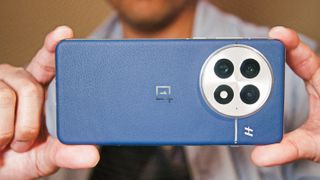
I can already tell there’s an improvement with the OnePlus 13 when it comes to astrophotography. Overall, the images I captured were much more exposed than the darker images I got with the OnePlus 12. Just as long as the OnePlus 13 remains as still as possible during its long exposure, you’ll be able to capture breathtaking views of the night sky.
However, OnePlus' flagship phone still comes up short to the better performance I get out of the Pixel 9 Pro XL. By no means is that a bad thing, but I didn’t see as much improvement when I switched over to the OnePlus 13's telephoto camera. From what I can deduce in my testing so far, the astrophotography shots I caught with the OnePlus 13 don’t get treated the same as other telephoto shots I’ve captured under brighter conditions. It could be that the algorithms are more effective in those other situations. Nevertheless, I still like how it can take good shots handheld.
More from Tom's Guide
- The 8 best TVs of CES 2025
- I just saw Samsung's stretchable display at CES 2025 — and it blew me away
- Forget Galaxy S25 — I just saw Samsung Display's wild new slidables and foldables and this is my favorite
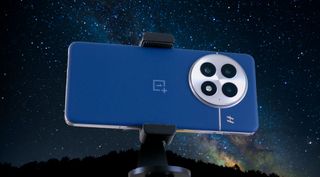

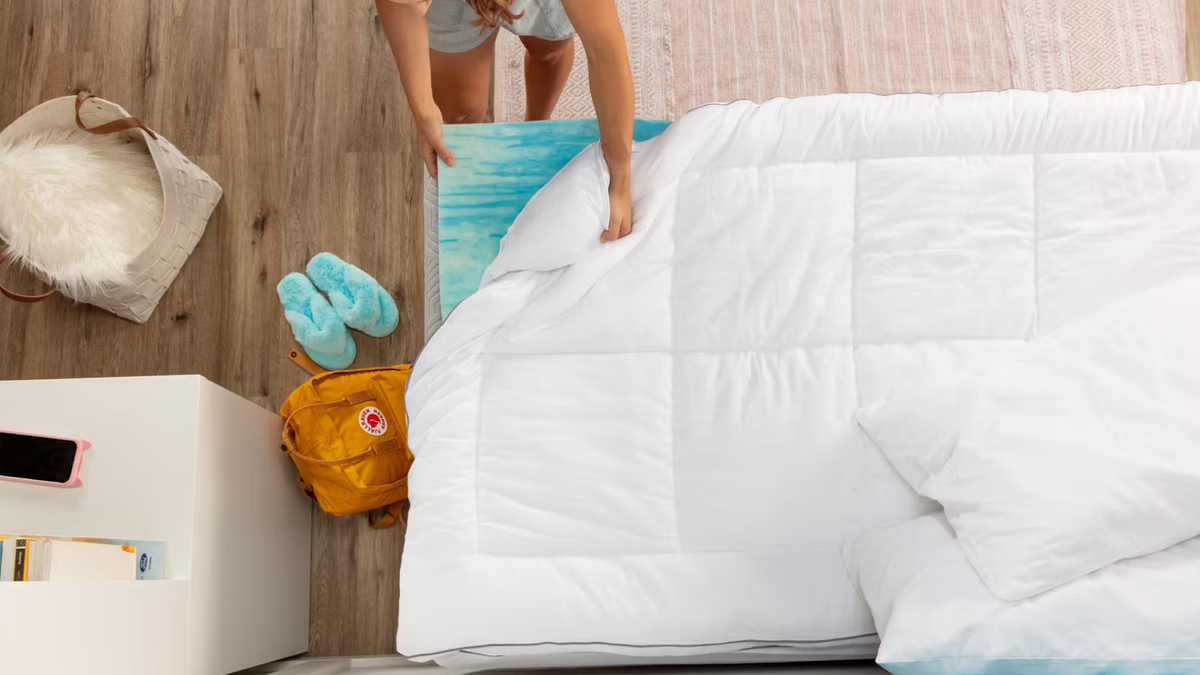



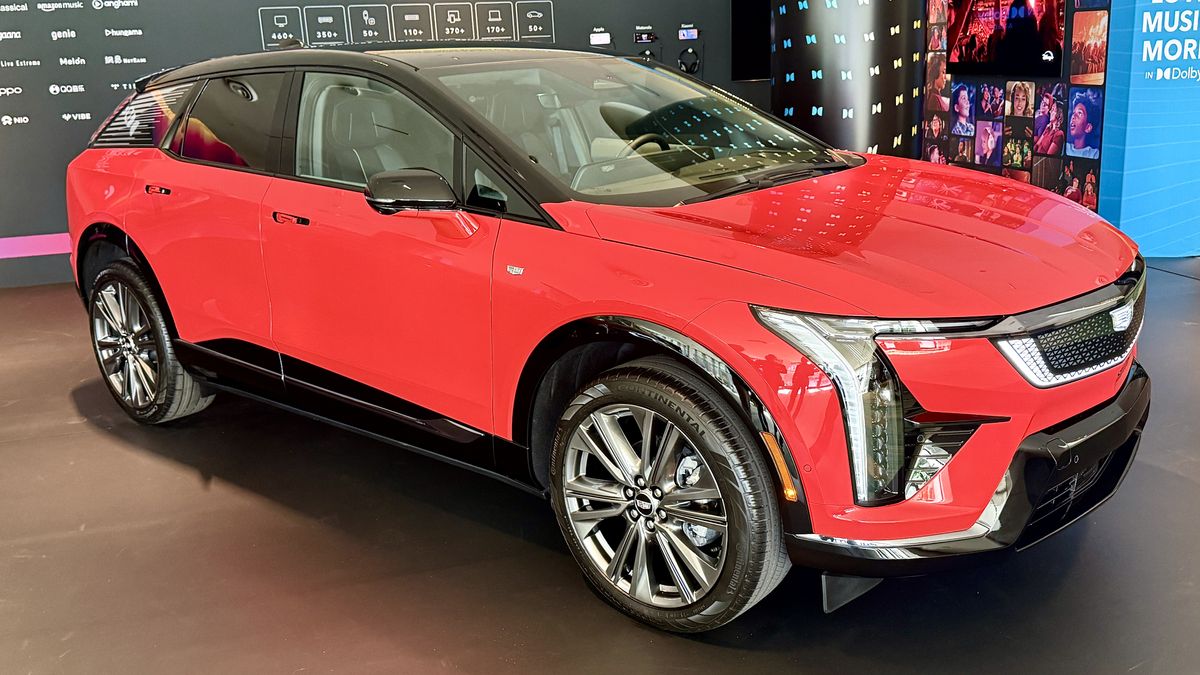

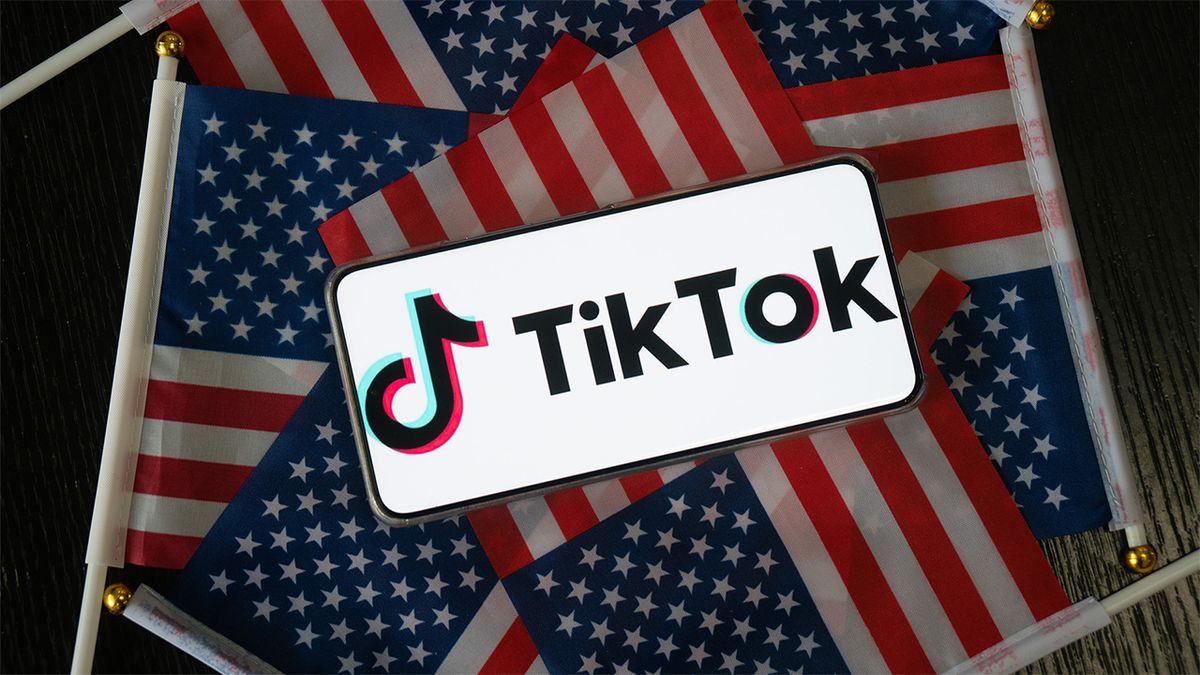

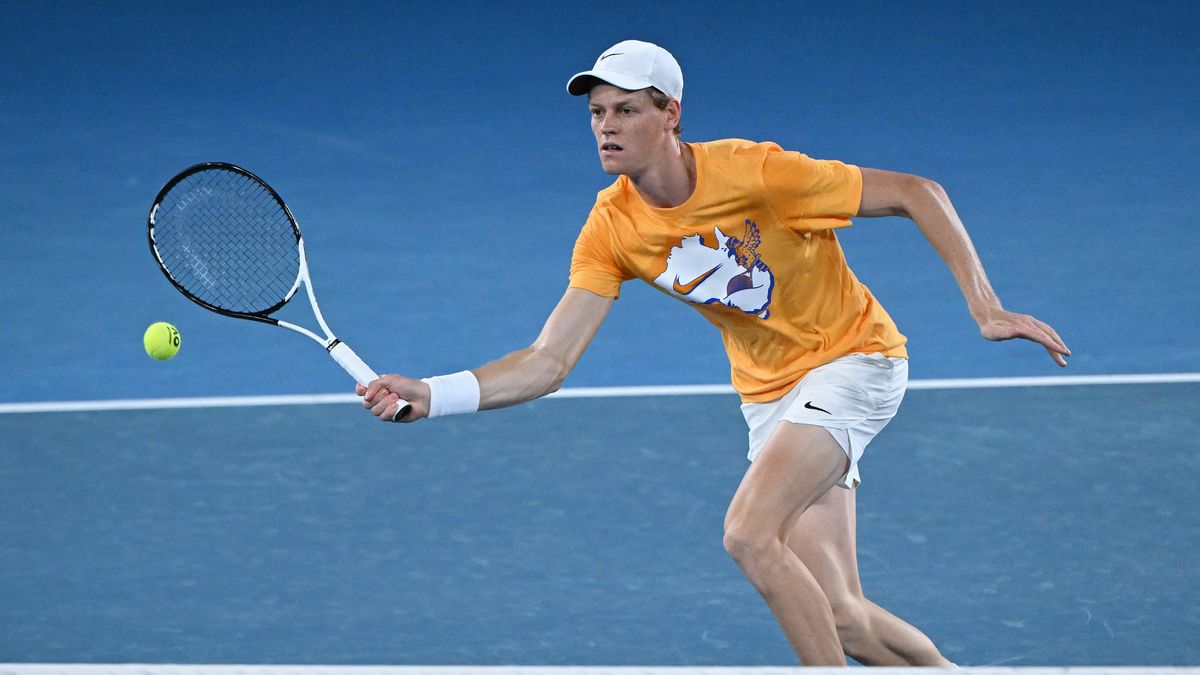
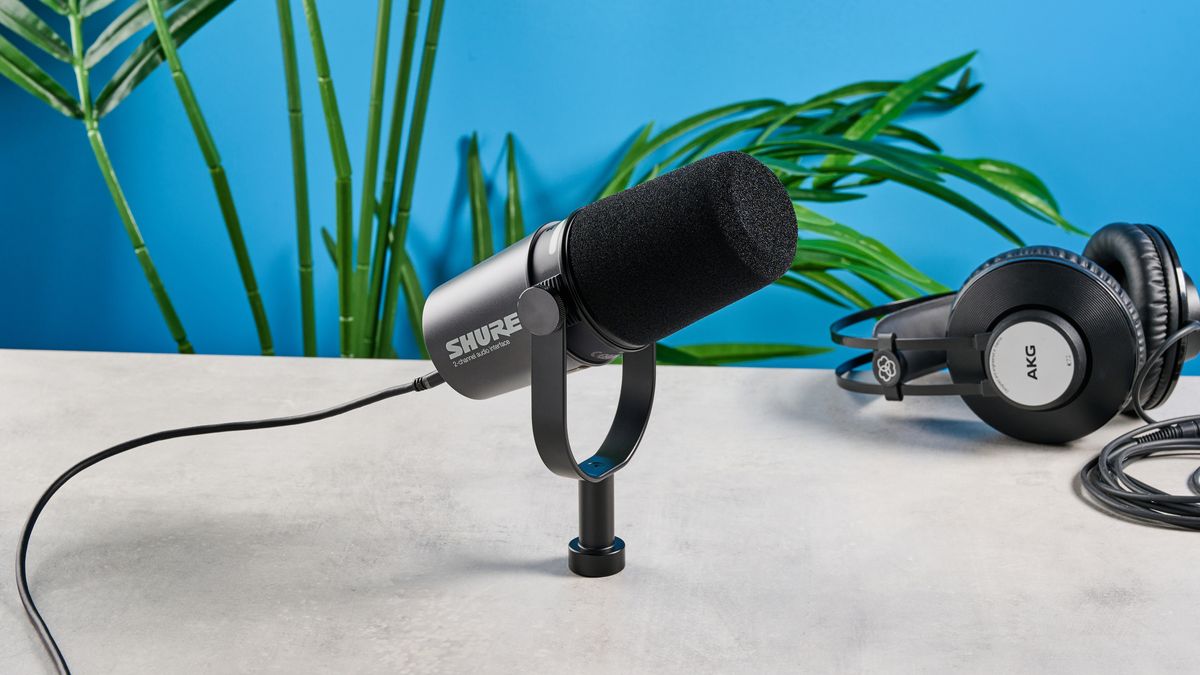
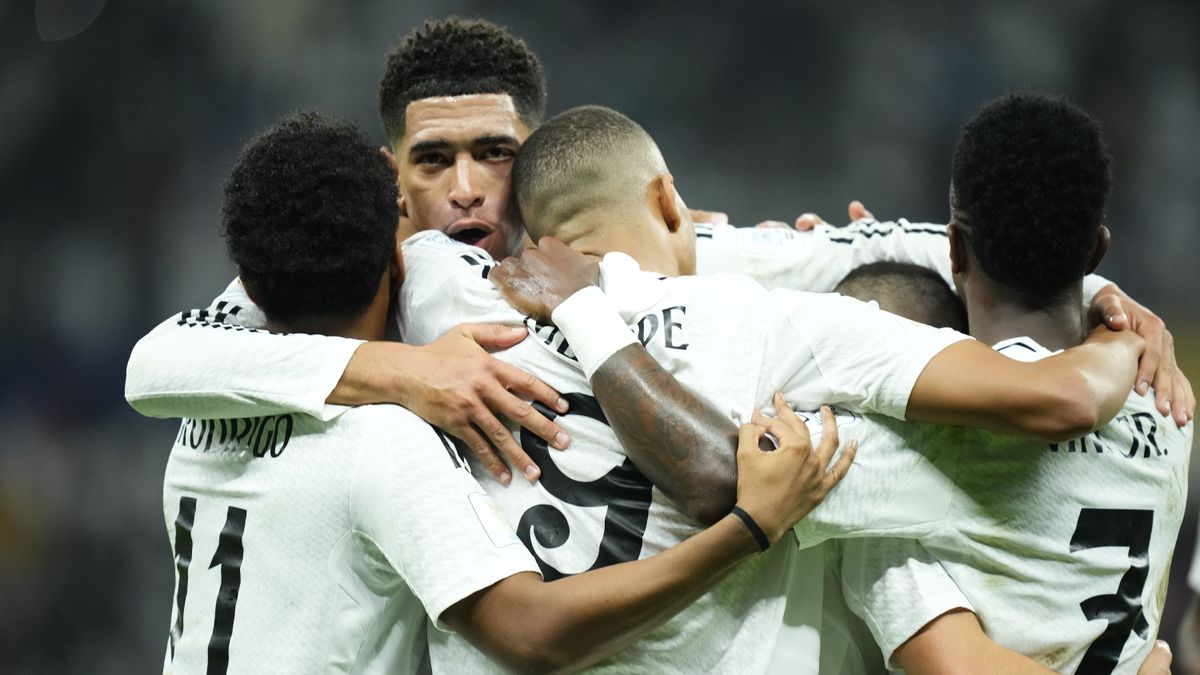








 English (US) ·
English (US) ·